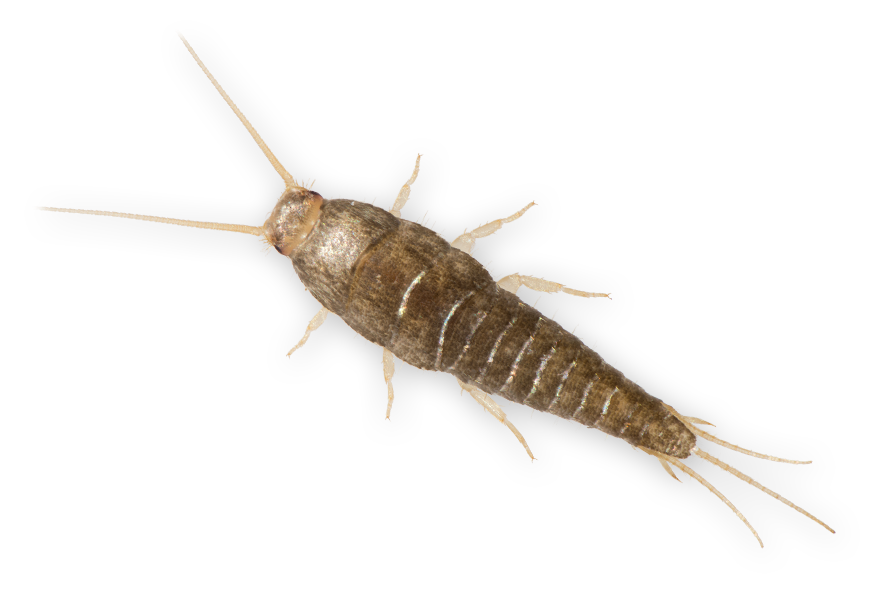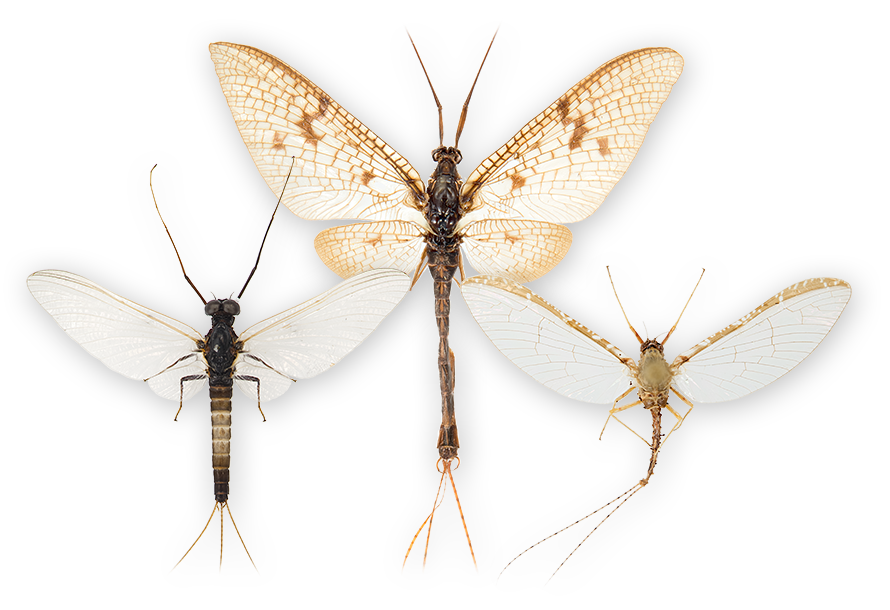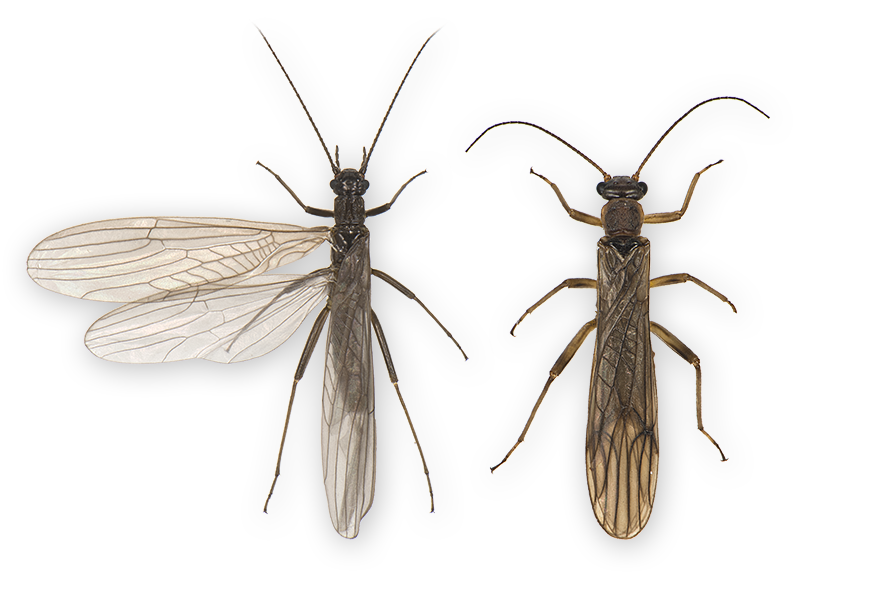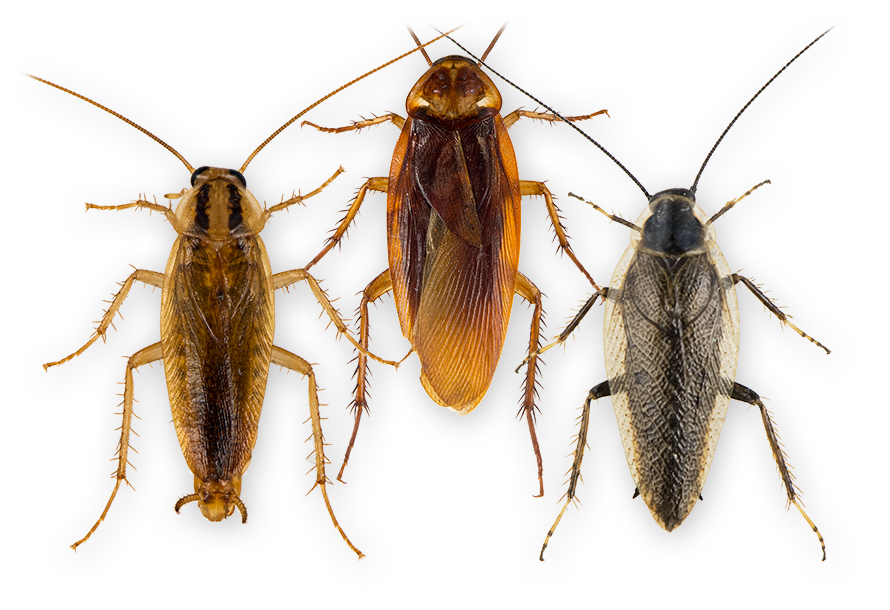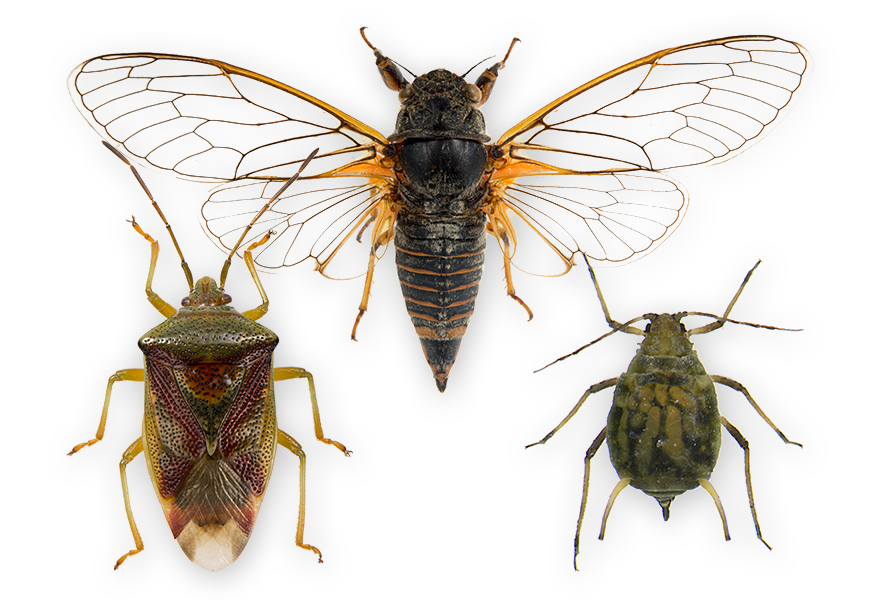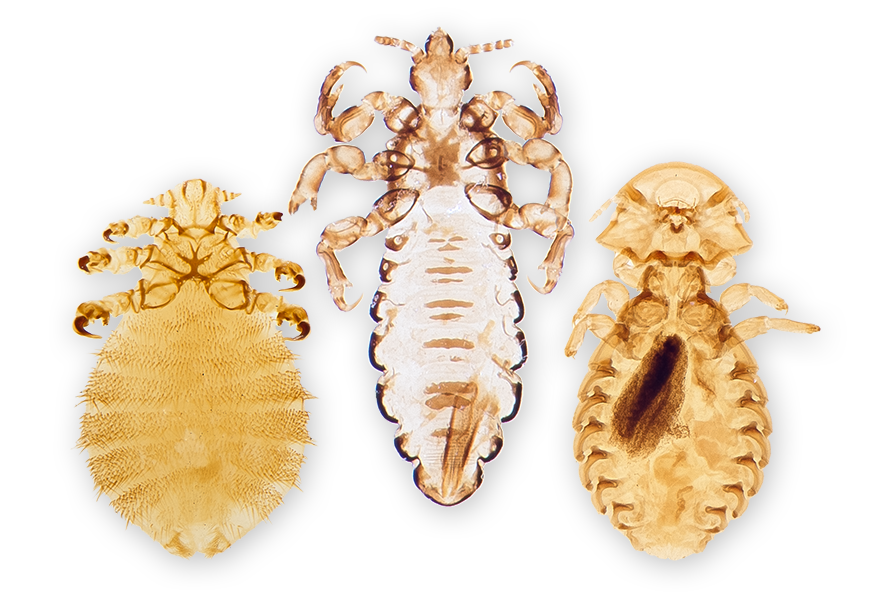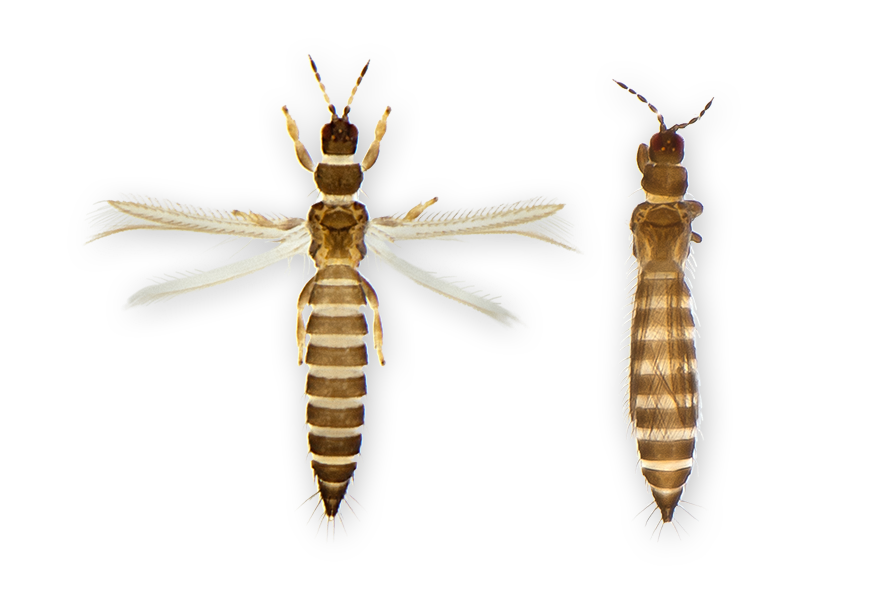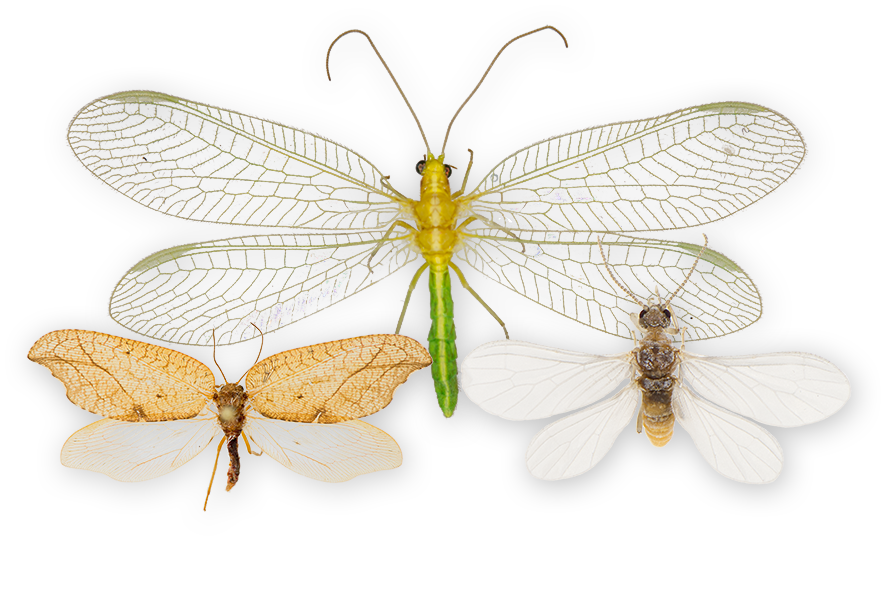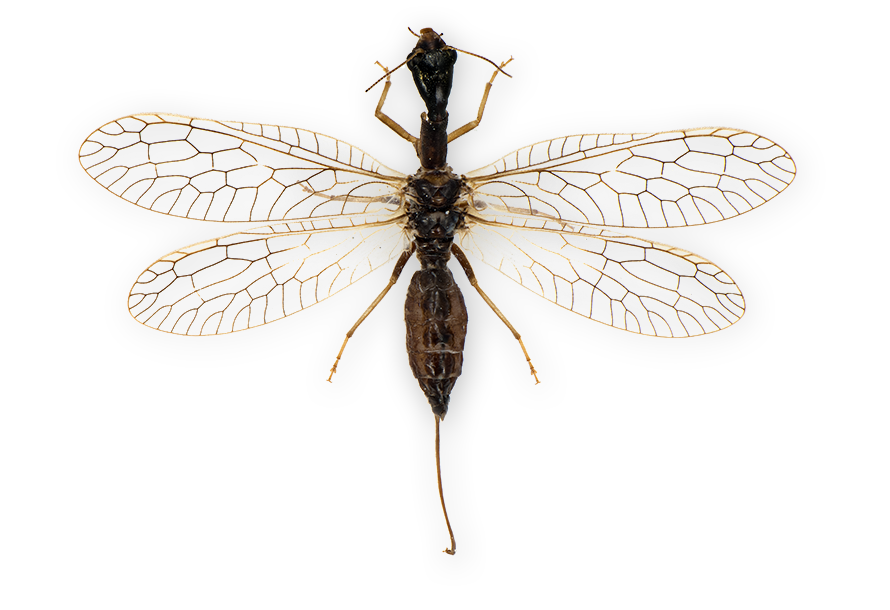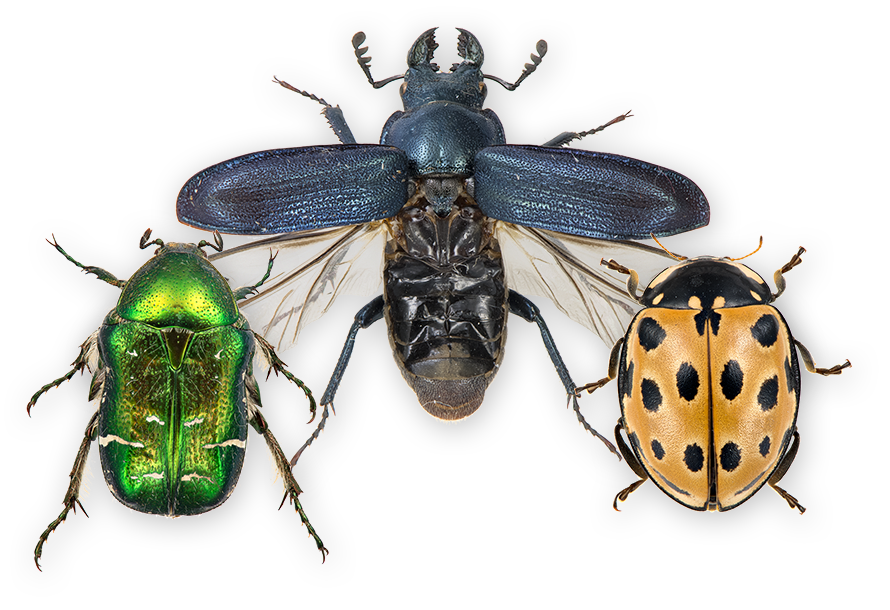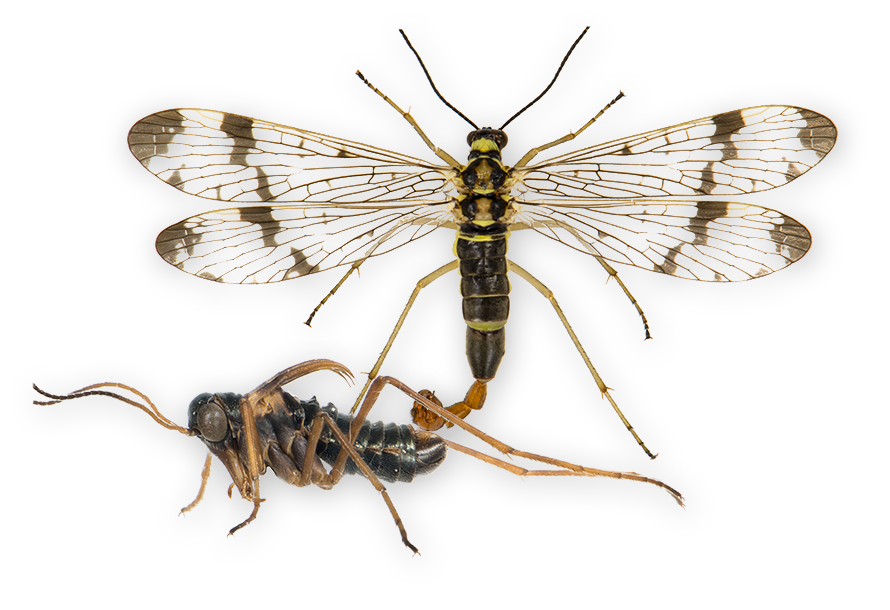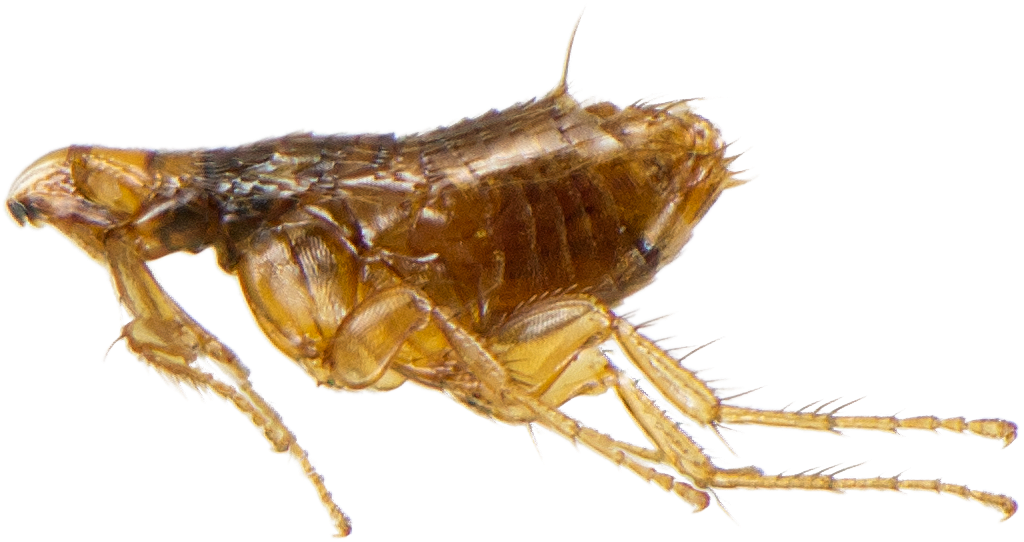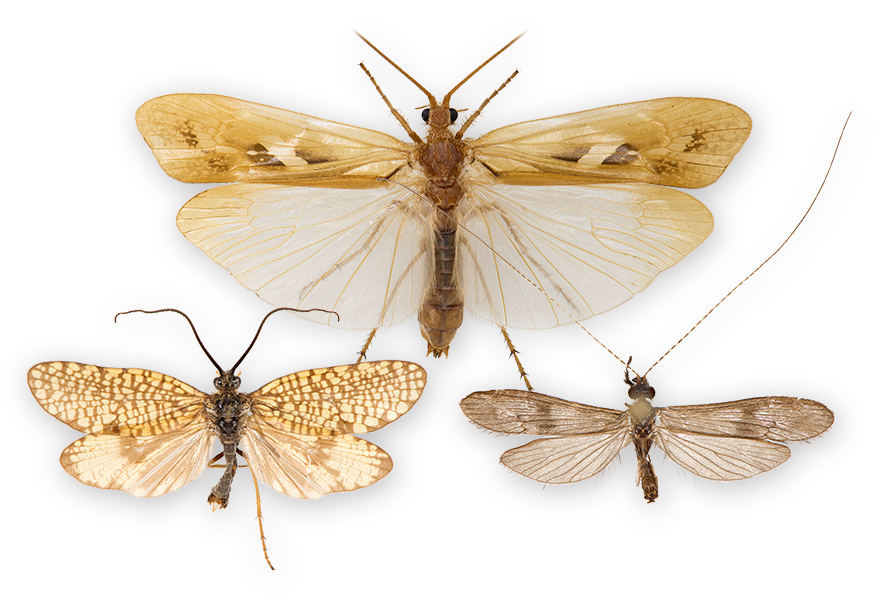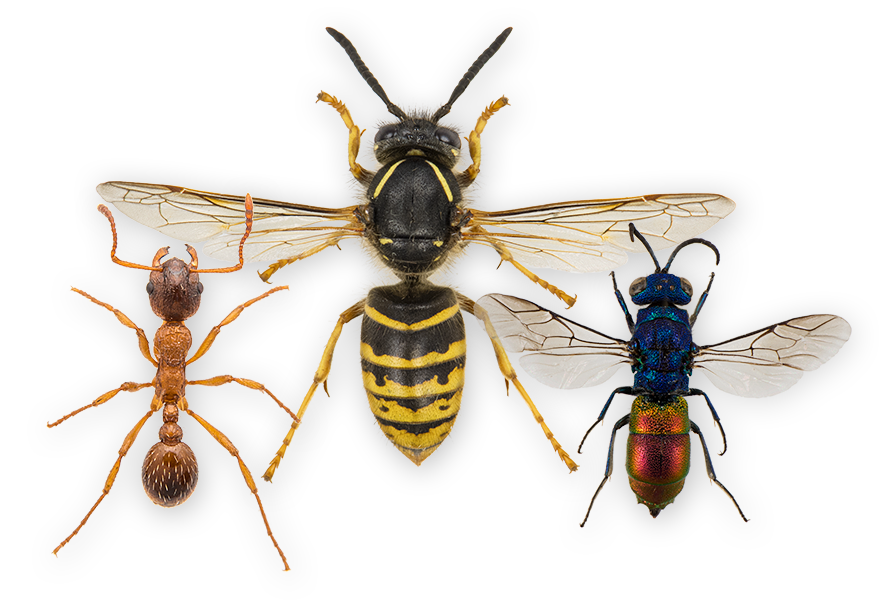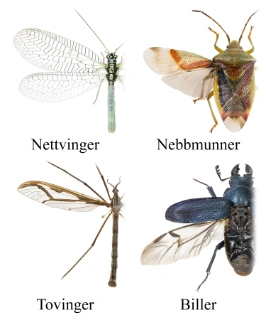Insects
The insects encompass more than one million species, and are thus without comparison the largest group of organisms on our planet. The success of the insects is without doubt due to their wings, a trait which have evolved only four times in the history of life on Earth, and only once among the invertebrates.
- Innhold
- Information in Norwegian
The insect ground plan consists of a multisegmented body sectioned into three main compartments; the head, consisting of six or seven fused segments, the thorax, consisting of three segments, and the abdomen, consisting of originally eleven segments. The head usually bears a pair of multisegmented antennae, a pair of compound eyes, up to three ocelli on the fore head, and mouth parts which are originally chewing, but which have become adapter for sucking or piercing in many groups. The thorax bears three pairs of multisegmented legs and, in winged species, one or two pairs of wings on the two rear segments. The abdomen carries the genitalia and the female ovipositor, and may be equipped with a range of other structures, including lateral gills and multisegmented caudal filaments or other caudal appendages.
Insect development can generally be divided in three types. The ametabolous insects undergo little change between moults except for becoming larger. Both juveniles and imagines are wingless, and imagines often continue to grow and moult even after reaching sexual maturity. The hemimetabolous insects, or insects with incomplete metamorphosis, develop from wingless juvenile (or ‘nymph’) to a usually winged imago without an intermediate resting stage. The holometabolous insects, or insects with complete metamorphosis, have a resting stage, called the pupal stage, between the wingless juvenile stage (or ‘larva’) and the usually winged adult stage. The pupal stage enables the insect to reorganize its body completely, and the imaginal stage can, as a consequence, be radically different from the larval stage.
Insects have managed to colonize virtually every terrestrial and fresh water habitat. The great majority of species are herbivorous, feeding either on stems or leaves, wood, sap, nectar or pollen. Many others are predacious, and numerous species have become parasites or parasitoids, feeding either on vertebrate blood or being endo- or ectoparasites/parasitoids of other insects or invertebrates. Very few species, however, have managed to colonize the marine environment. The reason for this is probably that the relevant ecological niches in the ocean already have been filled by better adapted species, such as the crustaceans.

